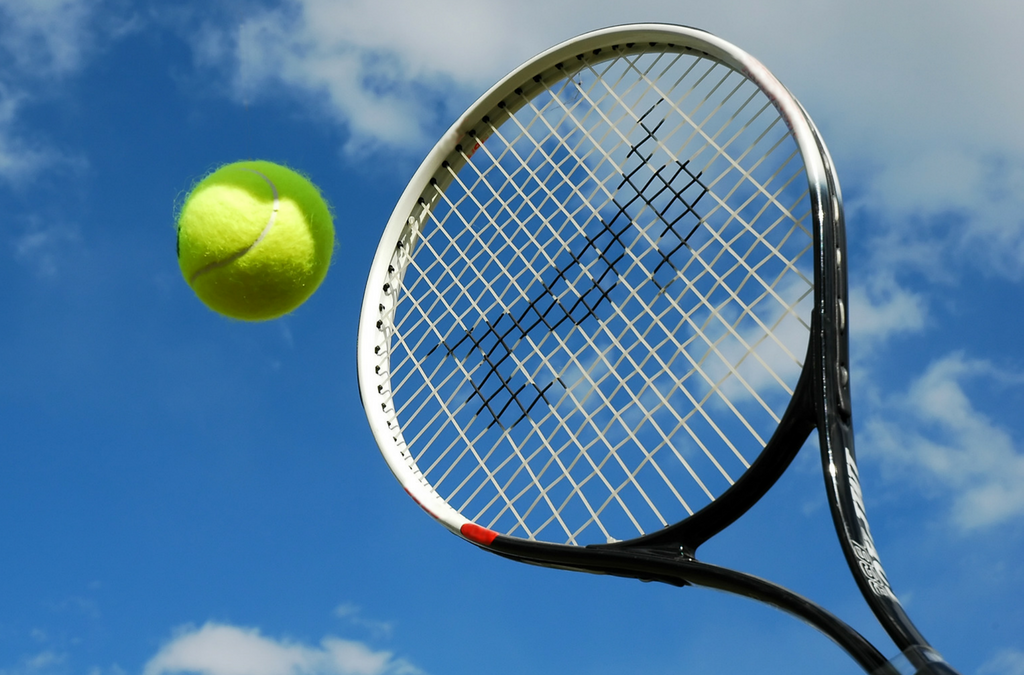What’s In A Game
A simple game of tennis or a Wimbledon final, the objective is the same. We all want to win. Tim Gallwey knew that when he published ‘The Inner Game’ based on his experience as a tennis coach at Harvard. That was 1971. He realised that using simple questioning techniques creating an inner mental game delivered better results that the instructional approach. Today we are used to topics such as sports psychology and nutrition, back then not so. Gallwey explored attentional awareness which today is somewhat more recognised as mindfulness given the work of Kabat-Zinn and others.
Along with Sir John Whitmore, they recognised the impact of being present in the moment. They understood the impact of personal experience and effectiveness of a person digging deep within themselves. That latent knowledge helps achieve difficult goals. The GROW method of coaching grew out of this work. That acronym apparently stuck while they were doing some work with McKinsey. It described a process to achieve a goal. Many methods have come about since then.
Life Is A Game
It might not seem like that sometimes. However, we have seen the change in terminology from war rooming difficult business situations to war gaming. There’s the gamification of training programs and the popularity of video games of all types spawning a multimillion pound industry. So it not difficult to accept that coaching is a game, albeit a serious one. We are dealing with a client’s self-image, self-worth and perceived standing in business and their community.
Therefore, like any game we prepare and practice to make sure we are at our best in that moment. That means we should be drawing on our knowledge and experience. We should be overcoming our own challenges to be fit and healthy to take on our client. Of course we should not be trying to beat our client! That wouldn’t serve any purpose. Perhaps we could think of it as a doubles partnership. Those doubles Wimbledon champions certainly dug within themselves and each other to achieve success.

Recent Comments